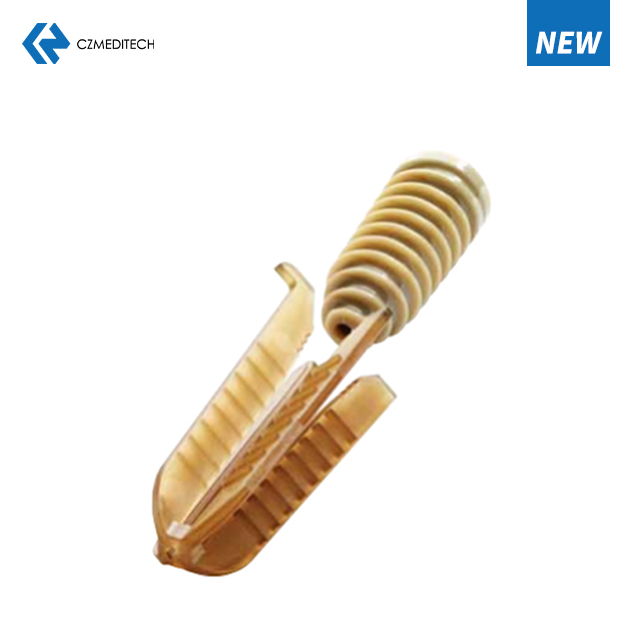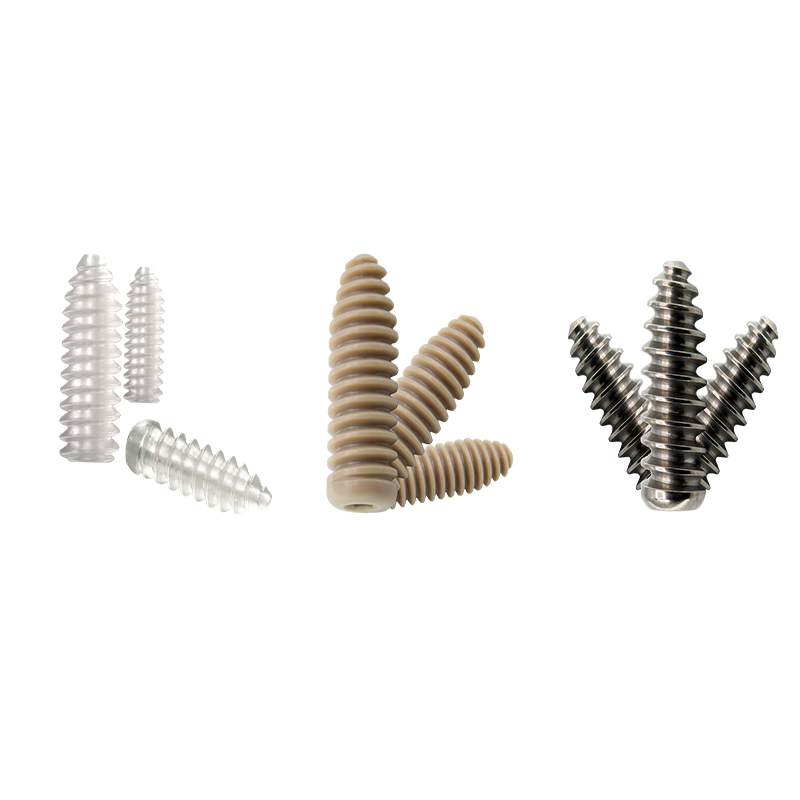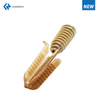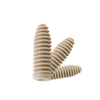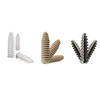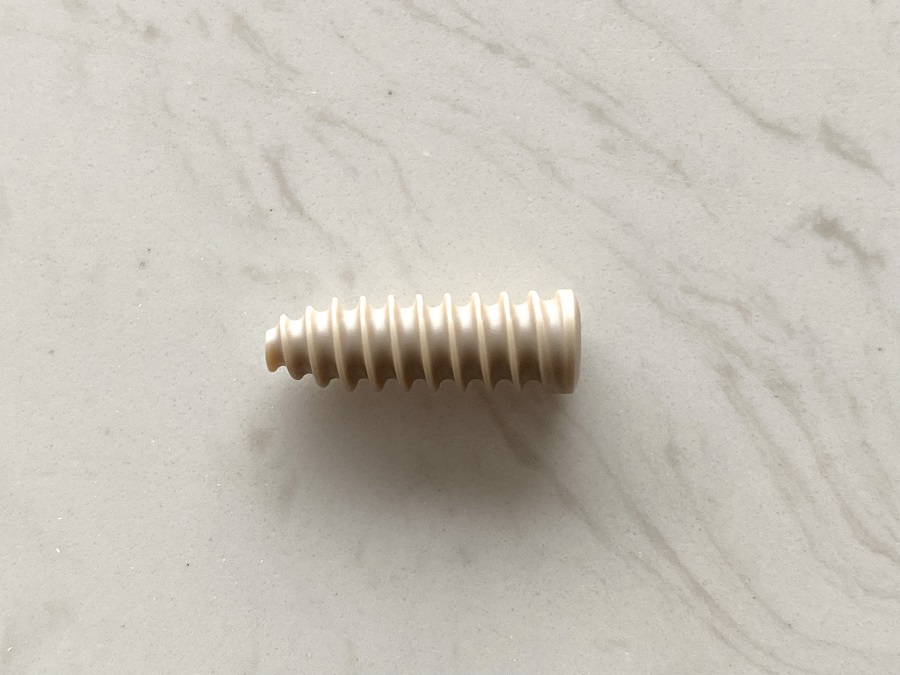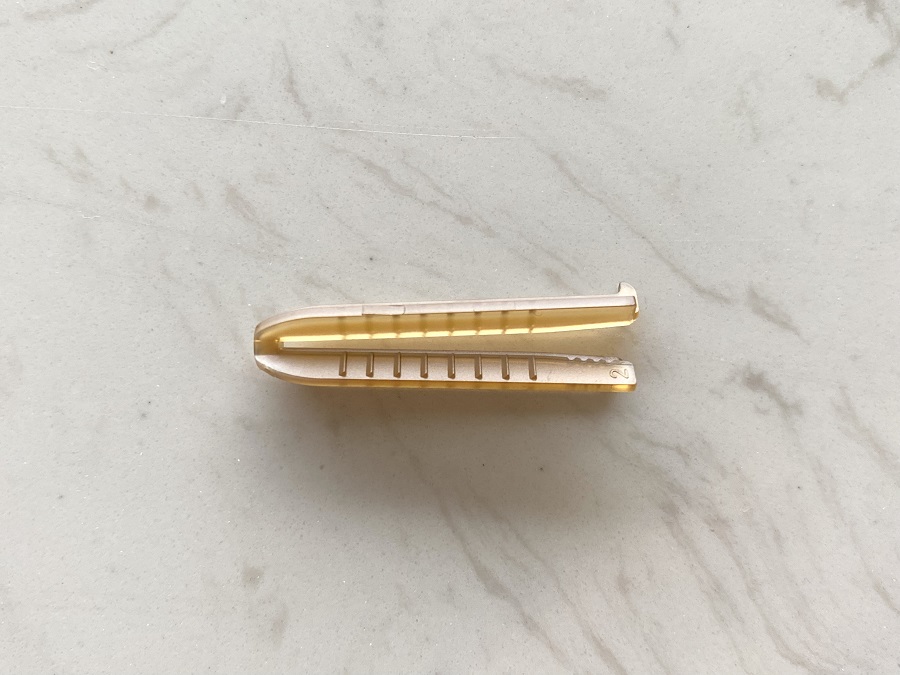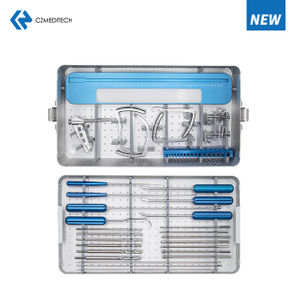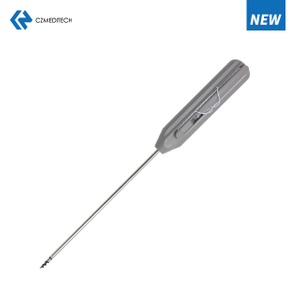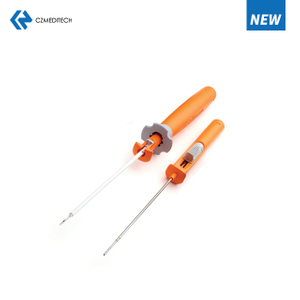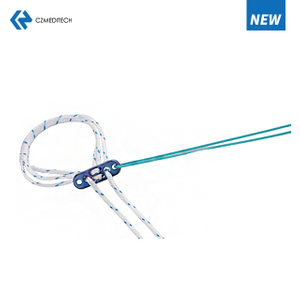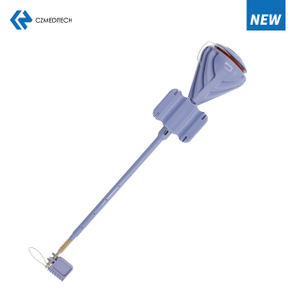PEEK Interference Screw: Advantages, Disadvantages, and Clinical Applications
Orthopedic surgeries require high-quality implants and instrumentation to achieve successful outcomes. One such implant is the PEEK interference screw, which has become increasingly popular in orthopedic surgeries due to its biocompatibility and mechanical properties. This article will provide an in-depth analysis of the PEEK interference screw, its advantages, disadvantages, and clinical applications.
Introduction
PEEK (Polyetheretherketone) is a thermoplastic polymer that has gained popularity in the field of orthopedics. It is known for its mechanical properties such as high strength, stiffness, and fatigue resistance. It is also biocompatible and radiolucent, making it an excellent choice for implant material in orthopedic surgeries. The PEEK interference screw is a type of implant used in reconstructive surgeries to stabilize ligaments and tendons.
Advantages of PEEK Interference Screw
The PEEK interference screw has several advantages that make it a preferred choice for orthopedic surgeons. These include:
Biocompatibility
PEEK is an inert material that does not cause any adverse reactions when implanted in the human body. It is also radiolucent, making it easier for doctors to track the healing process.
Mechanical Properties
PEEK has excellent mechanical properties that make it an ideal choice for implants. It is highly resistant to wear, fatigue, and fracture. It is also highly biostable, meaning it does not degrade over time, leading to a longer lifespan of the implant.
Ease of Use
PEEK interference screws are easy to insert and remove, making it an ideal choice for surgeons. The screws also have good thread engagement, providing excellent grip and holding power.
Reduced Interference
PEEK interference screws have a low profile, which reduces the amount of soft tissue and bone interference. This results in less postoperative pain and discomfort.
MRI Compatibility
PEEK is radiolucent, meaning it does not produce any artifacts during MRI scans. This makes it easier for doctors to track the healing process.
Disadvantages of PEEK Interference Screw
While PEEK interference screws have several advantages, they also have some disadvantages. These include:
High Cost
PEEK interference screws are more expensive than traditional metal screws, which can be a limiting factor for some patients.
Screw Fracture
PEEK interference screws have been known to fracture during insertion or removal, which can result in further complications.
Lack of Long-term Data
PEEK interference screws are a relatively new technology, and there is a lack of long-term data on their performance and safety.
Clinical Applications of PEEK Interference Screw
PEEK interference screws are used in several orthopedic surgeries, including:
Anterior Cruciate Ligament (ACL) Reconstruction
PEEK interference screws are commonly used in ACL reconstruction surgeries to stabilize the graft.
Posterior Cruciate Ligament (PCL) Reconstruction
PEEK interference screws are also used in PCL reconstruction surgeries to stabilize the graft.
Meniscus Repair
PEEK interference screws are used in meniscus repair surgeries to stabilize the repair.
Shoulder Stabilization
PEEK interference screws are also used in shoulder stabilization surgeries to stabilize the joint.
Conclusion
The PEEK interference screw is an excellent implant choice for orthopedic surgeries. It has several advantages such as biocompatibility, excellent mechanical properties, ease of use, reduced interference, and MRI compatibility. However, it also has some disadvantages such as high cost, screw fracture, and lack of long-term data. PEEK interference screws are commonly used in ACL and PCL reconstruction surgeries, meniscus repair, and shoulder stabilization surgeries. As technology advances and more data becomes available, it is likely that PEEK interference screws will become even more prevalent in orthopedic surgeries.
FAQs
Are PEEK interference screws MRI-compatible?
Yes, PEEK interference screws are radiolucent, making them MRI-compatible.
What is the advantage of using PEEK interference screws in ACL reconstruction?
PEEK interference screws provide excellent grip and holding power, making them ideal for stabilizing the graft.
Can PEEK interference screws fracture during insertion or removal?
Yes, PEEK interference screws have been known to fracture during insertion or removal, which can result in further complications.
Are PEEK interference screws more expensive than traditional metal screws?
Yes, PEEK interference screws are more expensive than traditional metal screws.
What is the future of PEEK interference screws in orthopedic surgeries?
As technology advances and more data becomes available, it is likely that PEEK interference screws will become even more prevalent in orthopedic surgeries due to their excellent mechanical properties and biocompatibility.

